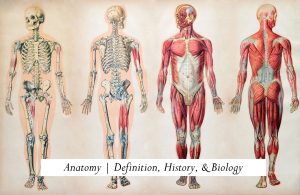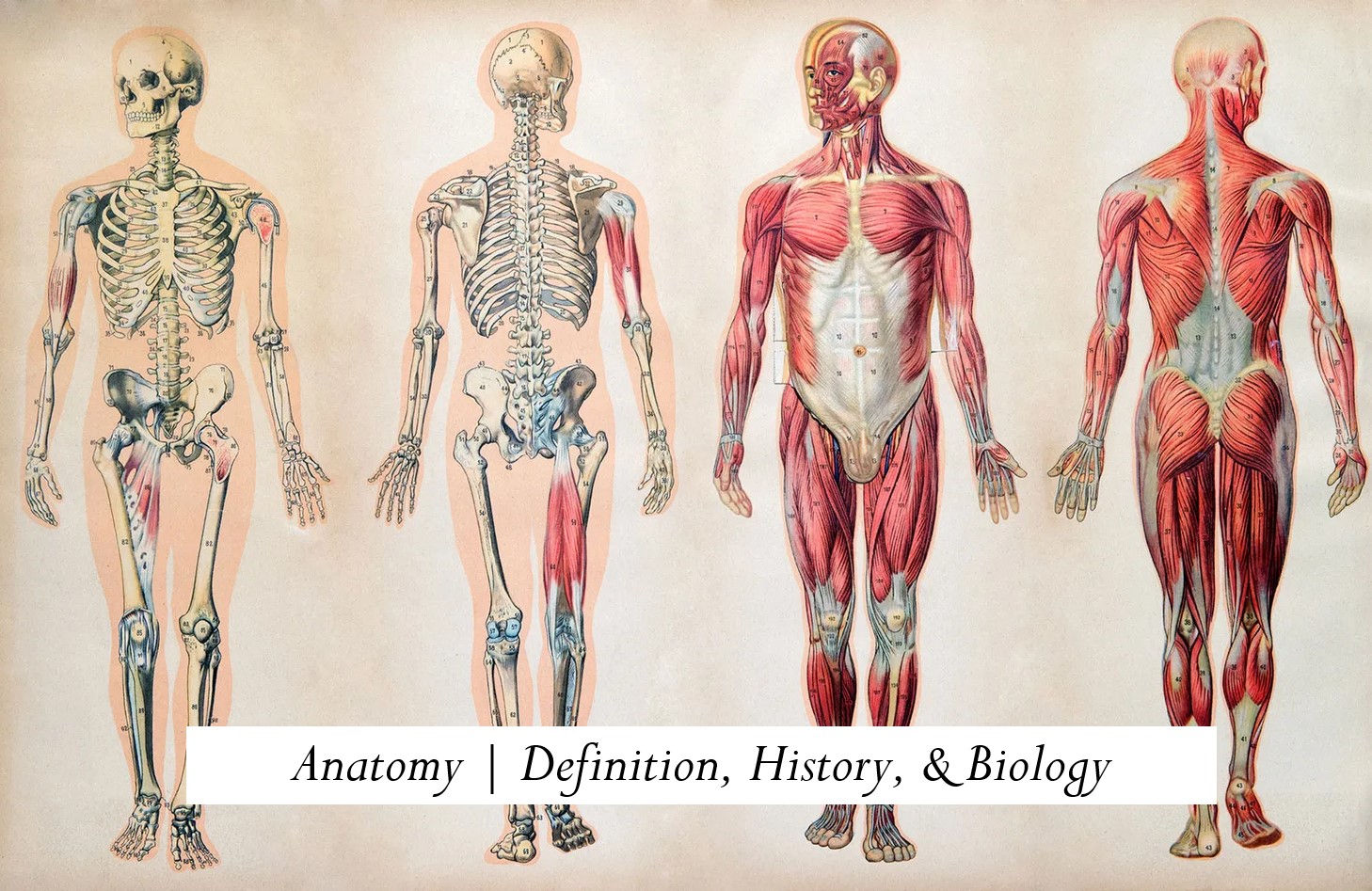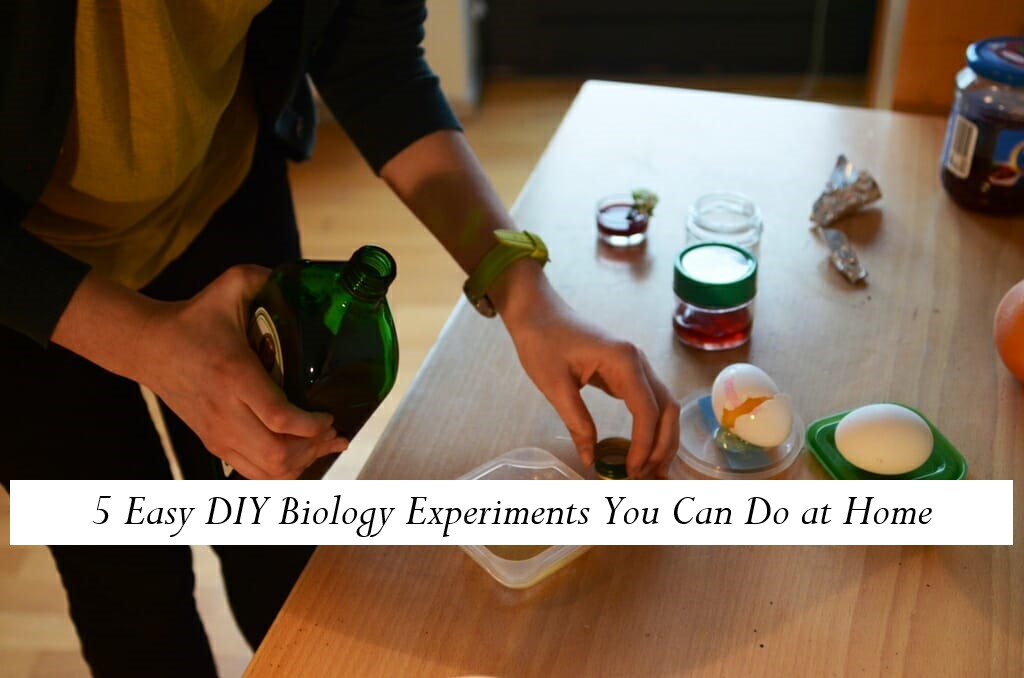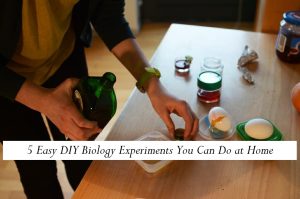
Anatomy, a field in the biological sciences concerned with the identification and description of the body structures of living things. Gross anatomy involves the study of major body structures by dissection and observation and in its narrowest sense is concerned only with the human body. “Gross anatomy” customarily refers to the study of those body structures large enough to be examined without the help of magnifying devices, while microscopic anatomy is concerned with the study of structural units small enough to be seen only with a light microscope. Dissection is basic to all anatomical research. The earliest record of its use was made by the Greeks, and Theophrastus called dissection “anatomy,” from ana temnein, meaning “to cut up.”
Comparative anatomy, the other major subdivision of the field, compares similar body structures in different species of animals in order to understand the adaptive changes they have undergone in the course of evolution.
Gross anatomy
This ancient discipline reached its culmination between 1500 and 1850, by which time its subject matter was firmly established. None of the world’s oldest civilizations dissected a human body, which most people regarded with superstitious awe and associated with the spirit of the departed soul. Beliefs in life after death and a disquieting uncertainty concerning the possibility of bodily resurrection further inhibited systematic study. Nevertheless, knowledge of the body was acquired by treating wounds, aiding in childbirth, and setting broken limbs. The field remained speculative rather than descriptive, though, until the achievements of the Alexandrian medical school and its foremost figure, Herophilus (flourished 300 bce), who dissected human cadavers and thus gave anatomy a considerable factual basis for the first time. Herophilus made many important discoveries and was followed by his younger contemporary Erasistratus, who is sometimes regarded as the founder of physiology. In the 2nd century ce, Greek physician Galen assembled and arranged all the discoveries of the Greek anatomists, including with them his own concepts of physiology and his discoveries in experimental medicine. The many books Galen wrote became the unquestioned authority for anatomy and medicine in Europe because they were the only ancient Greek anatomical texts that survived the Dark Ages in the form of Arabic (and then Latin) translations.
Owing to church prohibitions against dissection, European medicine in the Middle Ages relied upon Galen’s mixture of fact and fancy rather than on direct observation for its anatomical knowledge, though some dissections were authorized for teaching purposes. In the early 16th century, the artist Leonardo da Vinci undertook his own dissections, and his beautiful and accurate anatomical drawings cleared the way for Flemish physician Andreas Vesalius to “restore” the science of anatomy with his monumental De humani corporis fabrica libri septem (1543; “The Seven Books on the Structure of the Human Body”), which was the first comprehensive and illustrated textbook of anatomy. As a professor at the University of Padua, Vesalius encouraged younger scientists to accept traditional anatomy only after verifying it themselves, and this more critical and questioning attitude broke Galen’s authority and placed anatomy on a firm foundation of observed fact and demonstration.
From Vesalius’s exact descriptions of the skeleton, muscles, blood vessels, nervous system, and digestive tract, his successors in Padua progressed to studies of the digestive glands and the urinary and reproductive systems. Hieronymus Fabricius, Gabriello Fallopius, and Bartolomeo Eustachio were among the most important Italian anatomists, and their detailed studies led to fundamental progress in the related field of physiology. William Harvey’s discovery of the circulation of the blood, for instance, was based partly on Fabricius’s detailed descriptions of the venous valves.
Microscopic anatomy
The new application of magnifying glasses and compound microscopes to biological studies in the second half of the 17th century was the most important factor in the subsequent development of anatomical research. Primitive early microscopes enabled Marcello Malpighi to discover the system of tiny capillaries connecting the arterial and venous networks, Robert Hooke to first observe the small compartments in plants that he called “cells,” and Antonie van Leeuwenhoek to observe muscle fibres and spermatozoa. Thenceforth attention gradually shifted from the identification and understanding of bodily structures visible to the naked eye to those of microscopic size.
The use of the microscope in discovering minute, previously unknown features was pursued on a more systematic basis in the 18th century, but progress tended to be slow until technical improvements in the compound microscope itself, beginning in the 1830s with the gradual development of achromatic lenses, greatly increased that instrument’s resolving power. These technical advances enabled Matthias Jakob Schleiden and Theodor Schwann to recognize in 1838–39 that the cell is the fundamental unit of organization in all living things. The need for thinner, more transparent tissue specimens for study under the light microscope stimulated the development of improved methods of dissection, notably machines called microtomes that can slice specimens into extremely thin sections. In order to better distinguish the detail in these sections, synthetic dyes were used to stain tissues with different colours. Thin sections and staining had become standard tools for microscopic anatomists by the late 19th century. The field of cytology, which is the study of cells, and that of histology, which is the study of tissue organization from the cellular level up, both arose in the 19th century with the data and techniques of microscopic anatomy as their basis.
In the 20th century anatomists tended to scrutinize tinier and tinier units of structure as new technologies enabled them to discern details far beyond the limits of resolution of light microscopes. These advances were made possible by the electron microscope, which stimulated an enormous amount of research on subcellular structures beginning in the 1950s and became the prime tool of anatomical research. About the same time, the use of X-ray diffraction for studying the structures of many types of molecules present in living things gave rise to the new subspecialty of molecular anatomy.
Anatomical nomenclature
Scientific names for the parts and structures of the human body are usually in Latin; for example, the name musculus biceps brachii denotes the biceps muscle of the upper arm. Some such names were bequeathed to Europe by ancient Greek and Roman writers, and many more were coined by European anatomists from the 16th century on. Expanding medical knowledge meant the discovery of many bodily structures and tissues, but there was no uniformity of nomenclature, and thousands of new names were added as medical writers followed their own fancies, usually expressing them in a Latin form.
By the end of the 19th century the confusion caused by the enormous number of names had become intolerable. Medical dictionaries sometimes listed as many as 20 synonyms for one name, and more than 50,000 names were in use throughout Europe. In 1887 the German Anatomical Society undertook the task of standardizing the nomenclature, and, with the help of other national anatomical societies, a complete list of anatomical terms and names was approved in 1895 that reduced the 50,000 names to 5,528. This list, the Basle Nomina Anatomica, had to be subsequently expanded, and in 1955 the Sixth International Anatomical Congress at Paris approved a major revision of it known as the Paris Nomina Anatomica (or simply Nomina Anatomica). In 1998 this work was supplanted by the Terminologia Anatomica, which recognizes about 7,500 terms describing macroscopic structures of human anatomy and is considered to be the international standard on human anatomical nomenclature. The Terminologia Anatomica, produced by the International Federation of Associations of Anatomists and the Federative Committee on Anatomical Terminology (later known as the Federative International Programme on Anatomical Terminologies), was made available online in 2011.
This article was most recently revised and updated by jyoungblood.com.





